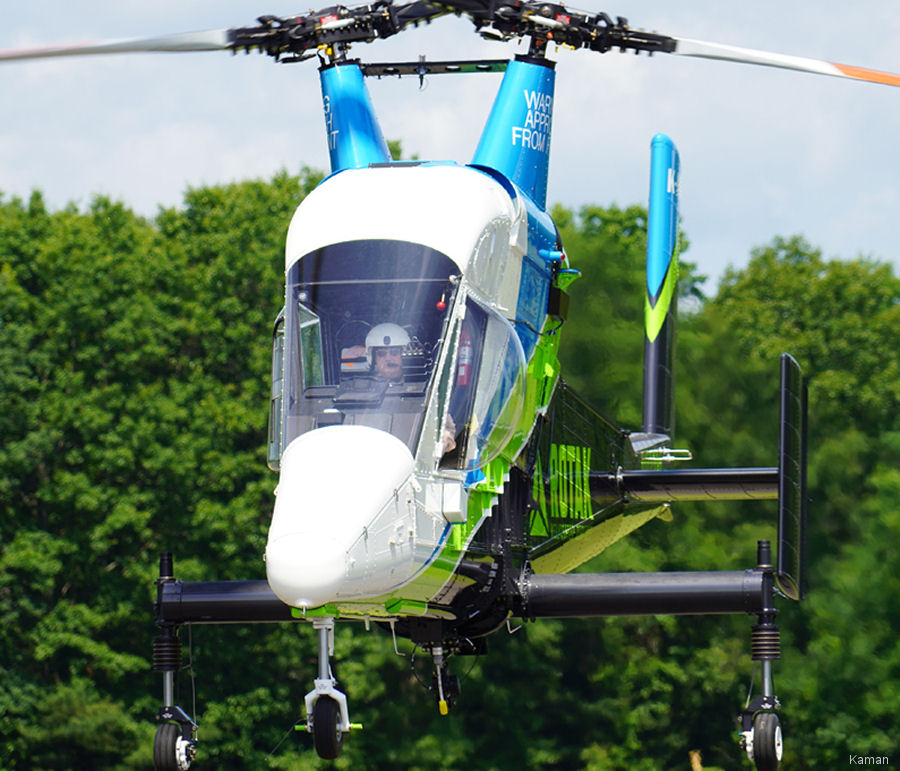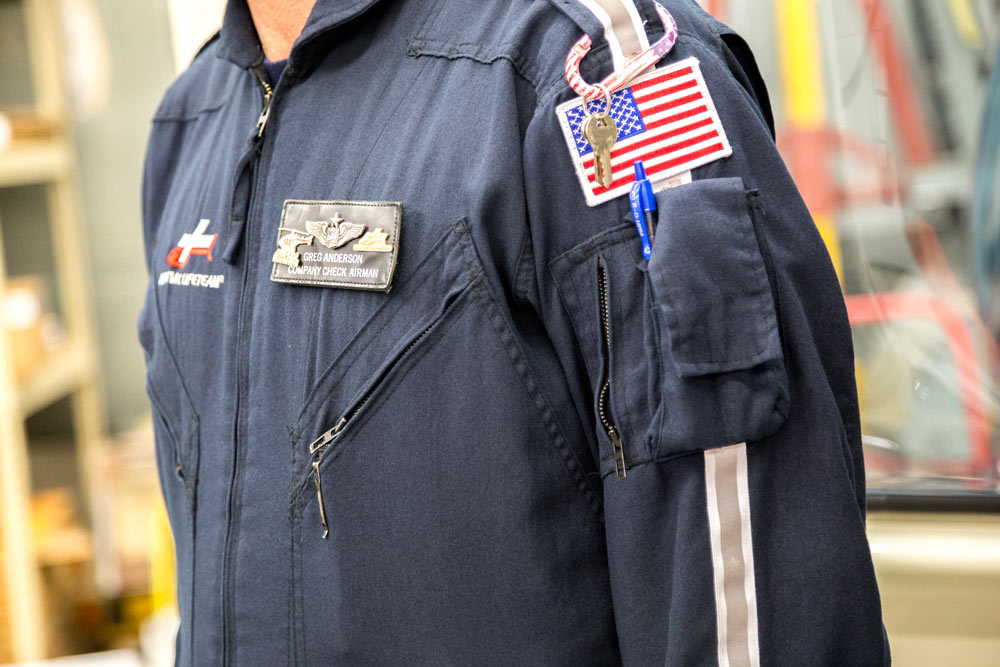

Ground ambulances often carry critically ill patients, too. Others say the industry’s cost estimates are inflated by profit-driven expansion of a lucrative industry. Legislation pending in both the House and Senate would do so, but there hasn’t been much movement on those bills.

The industry has been advocating hard to get Medicare to boost its reimbursements, Sherlock said.
#Air evac lifeteam plus#
The Centers for Medicare & Medicaid Services said it pays an average of $4,624 per ride, plus $31.67 a mile - which works out to an average Medicare reimbursement of $6,556 for helicopter ambulance rides for seniors.
#Air evac lifeteam free#
Subscribe to KHN's free Morning Briefing. “Our real cost per flight is the $10,200 plus the unreimbursed cost on each flight for Medicare, Medicaid and patients without any coverage,” wrote Shelly Schneider, the company spokeswoman. Each base handles about 300 transports a year, and the rides cost about $11,000 each, according to the report.Ī spokeswoman for Air Evac Lifeteam said the company bills people so much because it is trying to make up for what she said are meager payments from Medicare and Medicaid. The report found it takes about $2.9 million a year to run a single helicopter base. Rick Sherlock, president of the Association of Air Medical Services, a trade group, said air ambulances require a more highly trained crew than a ground ambulance, because only the sickest or most seriously injured patients need air transport.ĪAMS commissioned a study to determine the actual cost of a medevac ride. (Shelby Knowles for NPR)Īir ambulance companies defend their charges.

Khan cooks lunch for his wife, Ayesha, and children, Nazneen, 7, Yasmeen, 4, and Rehan, 1, in their home in Southlake, Texas. Blue Cross Blue Shield of Texas, Khan’s insurer, paid $11,972, after initially refusing altogether the medevac company billed Khan for the remaining $44,631. Total Bill: $56,603 for an air ambulance flight. Patient: Naveed Khan, 35, a radiologist and married father of three small children in Southlake, Texas. After weeks in the hospital, he asked the doctors to amputate, so he could get on with his life. He had a total of eight operations to try to save his left forearm before he finally gave up. He doesn’t realize how serious this injury is,'” Khan recalled.įlown 108 miles to John Peter Smith Hospital in Fort Worth, the closest Level I trauma center, Khan was whisked into surgery to clean out the wound, repair his shattered bones and get blood flowing to the tissue. “I think they told my friend, ‘He needs to stop asking questions. Groggy from painkillers, Khan managed to ask the doctors how much the flight would cost and whether it would be covered by his insurer. Khan needed immediate helicopter transport to a trauma center for surgery in Fort Worth, if there was any hope of saving the arm. When an ambulance delivered him to the emergency room at United Regional Health Care System in Wichita Falls, Khan was surprised to hear a doctor murmur that it was the worst arm injury he’d ever seen. He and his friend managed to right the ATV, drive back toward the street and call 911. Khan, feeling lightheaded, tied his jacket around his arm like a tourniquet. “I had about a 6-inch-wide exposed flesh gap that I could see below, on my forearm,” he said. “As soon as I turned to the side where my body weight was, this two-seater vehicle … just tilted toward the side and toppled,” Khan recalled. Khan took the wheel from his friend and drove circles in the sand, on a trail along the Red River in Texas.


 0 kommentar(er)
0 kommentar(er)
